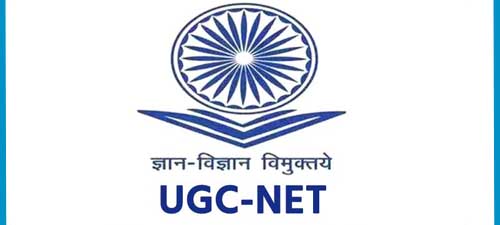Destination Information Management: Along the customer journey in tourism right from idea generation to feedback level after completing the journey there is immense use of information. Information dissemination is one of the core functions of destination management organisations.
Need for Destination Information Management
Destinations to become highly competitive must be in a position to provide right kind of information to its stakeholders most importantly to the prospective customers. Such a competitive market atmosphere necessitates the need for destination information management. In this regards destination organisation acts as an ‘information broker’.
Also read E-Business
A variety of information is gathered and shared on tourism services, resources and products with customers and other information seekers. DMOs may also gather competitors’ ‘intelligence’, market trends and market opportunities for the use of itself and suppliers of the destination.
Integrated Management of Information
As stated above information management (IM) is core to the functioning of destination organisation, it is vital to set up an integrated information management mechanism for the destination. Such an information management mechanism should enable destination organisations to gather/collect, organize, store, enrich, manipulate and disseminate information.
Salient features of an integrated IM of a destination can be:
- Use of advanced information communication technologies (ICTs) and integrating them with DMS and other systems for seamless functioning to collect, store and distribute data and destination knowledge.
- This includes distribution of information through multiple channels, pooling of data made accessible to partners and efficient organisation of data and qualitative publication of content.
- Integration with CRM to capture customer data and make available for future use. Destination Information Management
Read more on Pillars of sustainability
- Application of the latest processes to share data and knowledge with customers in a quicker, effective, appealing manner. Use of multiple channels is important in sharing high quality information in every possible format.
- Market intelligence these days has become a strategic management approach to sustain in the competitive environment. Greater efficiency and maximum effectiveness can be achieved through market intelligence. Examples of these could be market research analysis, marketing strategies of competitors, legal issues, legislations and industry regulations etc.
New Age Information Access Systems
Large scale electronic distribution of information and knowledge about destination and destination services is today possible with the increased bandwidth. Wireless broadband and faster access of internet has been considerably upgraded time to time. Advanced and new age information access systems and devices have made the entire visitor experience value added.
You can read Factors Affecting Carrying Capacity of Destination
The new age information access systems and devices which have made a great difference to the tradition ways of communication are listed below:
Mobile phone/smart phone technology: Smartphone (earlier referred to as mobile phone) technology has simply revolutionized entire global communication patterns. With a number applications available on smart phones literally anything and everything is possible to access. Internet access by WiFi or 4G (5G is around the corner) on smart phones has become the fastest media access systems.
E-commerce due to huge mobile phone advantage for businesses is now being referred as m-commerce. With the simple applications and easy to use benefits smart phones are going to be the game changers for destinations and to a large extent it has already begun.
Digital TV/smart TV: Television is only for entertainment today. It has become interactive. Digital functions of television enable customers to interact, browse through, chose purchase. Destination organisations are able to target visitors at a destination with exclusive local TV channels to communicate directly.
You can read Variables that affects Tourist Behavior
Public WiFi Networks: Many destinations around the world are installing a a network of public WiFi open access systems. Visitors can access anywhere for free. Countries like Estonia and Taiwan are completely WiFi for free with the best speed levels beating US and UK and many others. Destinations such as Seoul, Helsinki, Taipei are also facilitating visitors with free WiFi.
Kiosks: Accessing up to date and precise information at destinations can be done by using kiosks placed at different locations in a destination. To make it more reliable these must be linked to DMS and the data gets updated automatically.
Kiosks can also work as POS to further the visitor experience.
In car Navigation devices: Most cars these days come with a navigation device. These are internet accessed global positioning devices help in drive through destinations with precise routes, locations and provide enormous destination information. These are also interactive and enable visitors to create their own itineraries and guide them to drive with no hindrance.
Read more on Complexity in Travel Decision Making
VR Technology: Virtual Reality (VR) technology is the latest cutting-edge technology making rounds in market today. VR devices give the virtual feel of the attractions, facilities and destinations. Though it is still at the early stage of evolution, VR is going to be the future. Destinations must equip the technology for a better connect with the customers.


